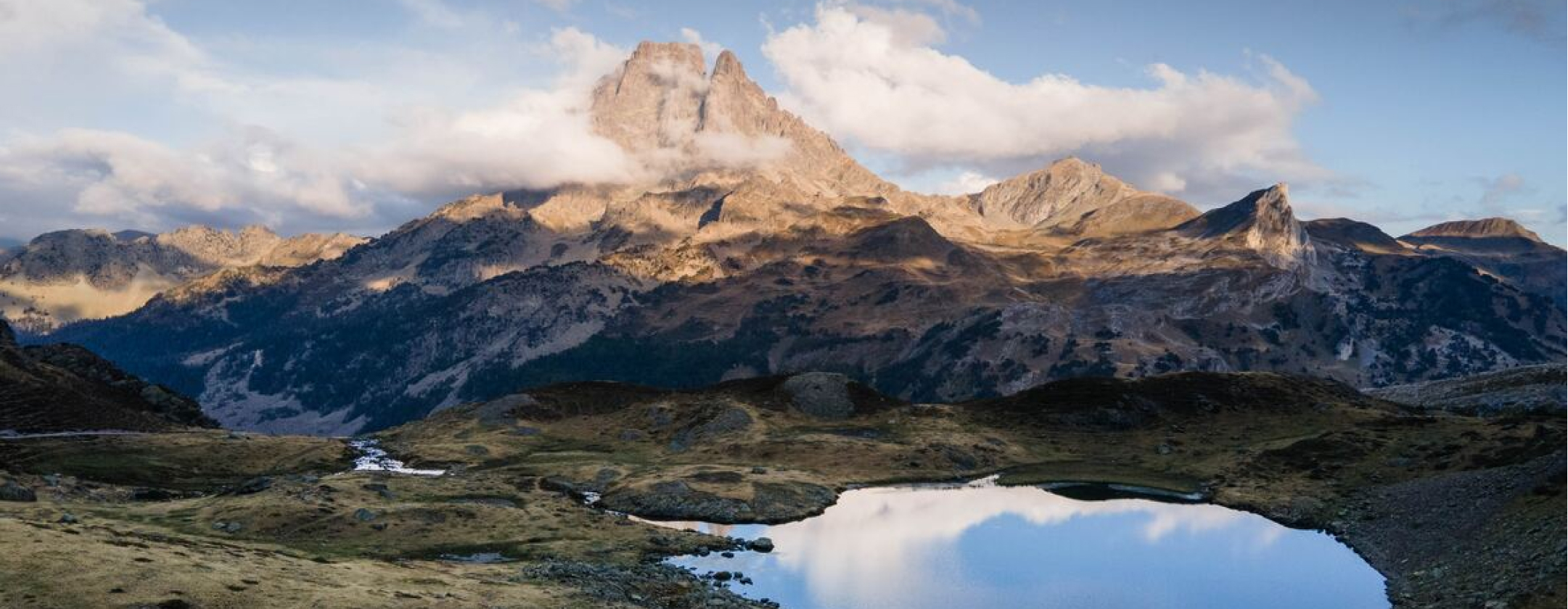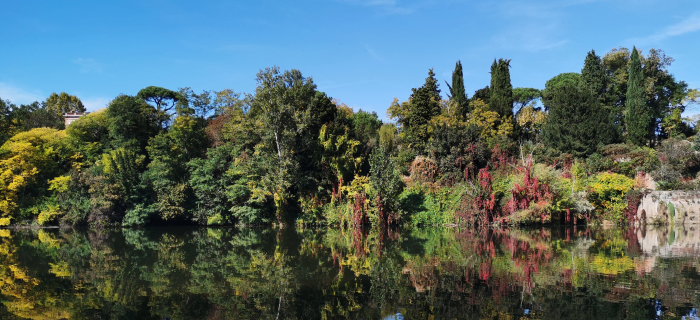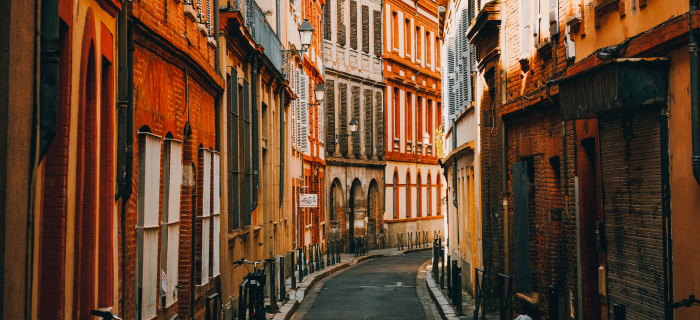Midi-Pyrenees
The Midi-Pyrenees region of southern France includes the mountainous section of the Pyrenees along the border between France and Spain, and a large area that extends north of the mountains and includes Gers (Gascony) and Tarn, and the scenic Aveyron and Lot departments.
Midi-Pyrénées is the largest administrative region in metropolitan France, in terms of surface area, and equal largest in terms of the number of departments covered. Since 2016, «Midi Pyrenees» has been merged with neighbouring Languedoc into a new super-region called «Occitanie» — a historical reference to the part of France where until the nineteenth century most people spoke varieties of Occitanian French.
Because the Midi-Pyrenees region is quite extensive, and each department has its own particular appeal, style and attractions it is more useful to look at the departments separately.
The Haute-Garonne
The Haute-Garonne extends south from the flat centre of the Midi-Pyrenees to the mountains on the border with Spain. It is in the Haute-Garonne that you can visit Toulouse, the capital of the region and an exceptional city with extensive architecture and many historical monuments, museums and restaurants. The «Ville rose», or pink city, on account of the warm colour of the local brick. It is the 4th largest city in France and succeeds very well at combining the attractive old centre of the city with modern success in industry, together creating a bustling and lively city.
The Aveyron
The Aveyron department is a beautiful region of steep wooded valleys and fast-flowing streams and rivers. Aveyron has more villages classified among the 'most beautiful villages of France' than any other French department. Towards the north of the department particular highlights include the pretty villages of Conques and Belcastel, both unmissable during a visit to Aveyron, as well as Entraygues and Estaing, St Eulalie d’Olt and Saint-Come d’Olt. In the south-west of Aveyron you enter the Regional Natural Park of the Grands-Causses, an attractive landscape with deep gorges and valleys and exposed high areas to explore, including the Gorges de la Jonte and Gorges de la Dourbie.
In the department of Lot, you can visit one of the most important pilgrim towns in France — the village of Rocamadour. Although the history of the village dates back to prehistoric times, it is as a medieval pilgrimage destination that Rocamadour is best known, with the first church here being constructed in the middle of the 12th century. The layout of the village is that Rocamadour has a castle above the village; the sanctuary further down the hill; the main pedestrianised village still further down the hill and reached by the 'Grand Escalier'; and then the gorges that lead down to the river. Also, here in the northern Lot there are several lovely villages including Autoire, Carennac and Loubressac, while towns of particular interest include Souillac, Gourdon and Saint-Cere along with the charming town of Martel.
The modern department of Gers occupies a similar geographical position to the historical Gascony region and is often still referred to as Gascony. It is a peaceful region of quiet villages and attractive rolling countryside where visitors can enjoy birdsong and fields of sunflowers and long evenings relaxing in tranquility away from the more visited tourist regions of France. In the centre of the Gers department must-see highlights include the villages of Lavardens and Sarrant, both also listed as 'most beautiful villages in France' and explore the traditional market town at Auch.
The Hautes-Pyrenees department has different characteristics in the north, which is largely a quite flat area, and the south where you will discover some of the most attractive mountain scenery in the Pyrenees. The most visited destination in the Hautes-Pyrenees and one of the most visited in the whole of France is the pilgrimage town of Lourdes, famous site of miraculous apparitions and healing powers. A priority objective in Lourdes is the Basilica of the Rosary, one of the largest cathedrals built in a Romanesque style in the world. This cathedral was built to watch over the cave where Mary has made her apparitions. Lourdes Castle is a must-see for tourists who have rather historical interests. It is an objective with a strong historical background. Lourdes is also a town with a very rich cultural and natural heritage. It offers a wide range of activities for sports and outdoor leisure fans (whitewater sports, horse rides and walks, golf, skiing and spa tourism). Its geographical location at the foot of the mountains also makes it a first-rate tourist destination and an ideal base for discovering the Pyrenees.
To the south of Lourdes, you enter the high mountains and the Pyrenees National Park. This region contains several spectacular highlights such as the Cirque de Gavarnie, the Cirque de Troumouse and the Col du Tourmalet, while Mont Perdu in the Pyrenees on the Spanish border is now a listed world heritage site.
And, of course, to really get to know the land you need to experience the gastronomy. The best-known specialties here are liver pâtés and goose or duck confits, respounchous (a kind of asparagus), cassoulet, beef filet with sauce périgueux, piperade, poulet au pot, braised goose, and Toulouse sausages. If you like savoury things, discover Pyrenees lamb, garbure (soup with ham and beans), Gascon black pig, or duck served in a wide variety of ways… If you have a sweet tooth, treat yourself to the traditional gâteau à la broche (pancake batter cake) or cailloux du gave (boiled sweets).




